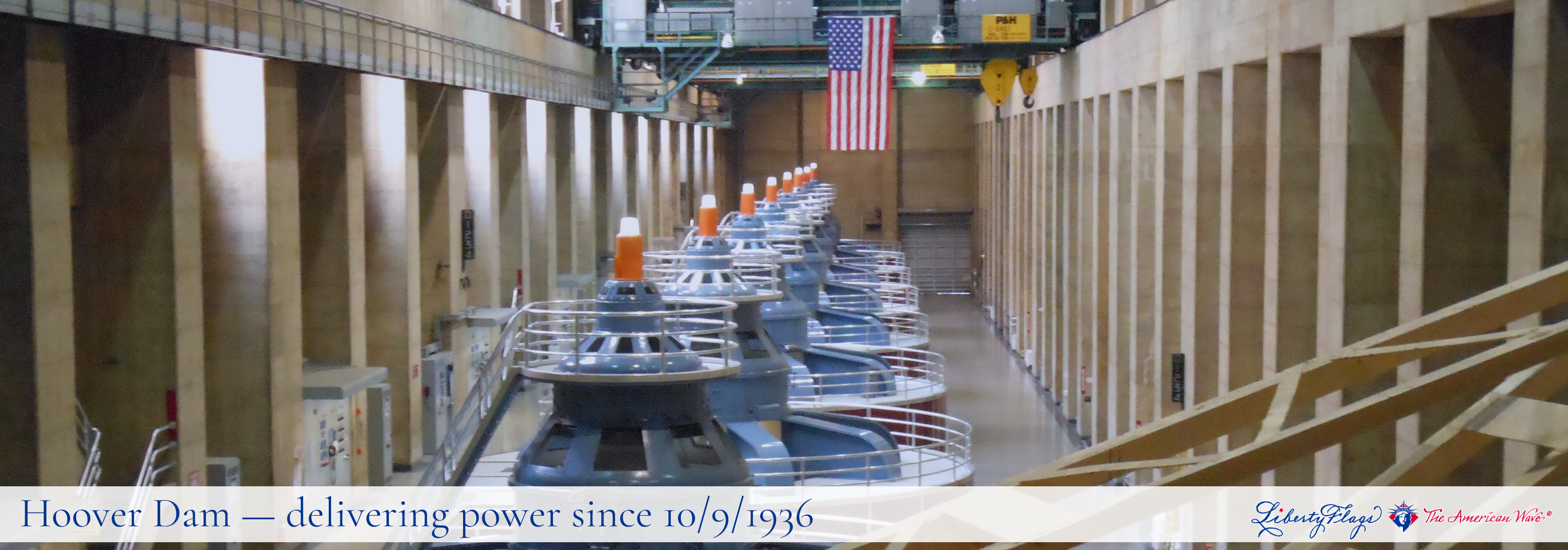
The Hoover Dam, a towering engineering marvel on the border of Nevada and Arizona, stands as a testament to human ingenuity and determination. Its construction, which began during the Great Depression, was a monumental undertaking that transformed the Colorado River into a vital source of power and water for the southwestern United States.
The Need for the Dam
The seeds of the Hoover Dam project were sown during the 1920s when the booming population of the southwestern United States was threatened by a lack of reliable water sources and electricity. The Colorado River, which flowed through the region, was largely untamed and prone to flooding, often resulting in the loss of life and property.
With the onset of the Great Depression in the early 1930s, the U.S. government sought ways to stimulate the economy and address regional water and power needs. One such solution came in the form of the Boulder Canyon Project, which aimed to construct a massive dam on the Colorado River. The project's name was later changed to the Hoover Dam, in honor of President Herbert Hoover, who had played a significant role in its planning and approval.

Construction Commences
The construction of the Hoover Dam officially began on March 11, 1931, under the supervision of the Bureau of Reclamation. It was a colossal endeavor that involved the labor of thousands of workers, ("Hoover Dam workers" or "Hard Hats"). These people braved challenging conditions — scorching heat in the summer and bitter cold in the winter — as they toiled to build this engineering marvel.
One of the most remarkable aspects of the construction was the use of innovative techniques and technologies. The dam was built in a series of blocks, each poured individually to form a solid, monolithic structure. An intricate network of cooling pipes ran through the concrete, allowing it to cure evenly and avoid cracking. This was an engineering feat in its own right, as it required the use of a refrigeration system to keep the concrete from overheating.
The construction site was a bustling community; complete with housing, schools, and even a hospital. The construction of the dam provided severely-needed jobs and served as a symbol of hope during a period of despair, and workers came from all over the country.

Completion, Dedication, and Impact
After five years of relentless work, the Hoover Dam was completed ahead of schedule in 1935. It stands 726 feet high, with a crest length of 1,244 feet. The dam created Lake Mead, the largest reservoir in the United States at the time, which now stores water for irrigation, municipal use, and recreation.
The Hoover Dam was officially dedicated on September 30, 1936, by President Franklin D. Roosevelt. The ceremony was a grand affair, attended by thousands of people who had come to witness this historic event. President Roosevelt hailed the dam as a symbol of American resilience and ingenuity during the challenging times of the Great Depression. On October 9, 1936, the dam began to deliver electricity over 266 miles of lines to Los Angeles.
The dam's primary functions were to provide flood control, generate hydroelectric power, and supply water to the arid regions of California, Arizona, and Nevada. The electricity generated by the dam was also a boon for the region, driving economic growth by powering homes and businesses.

Share Your History With Us!
Send us your pictures of historic memorabilia, American flags, flagpoles, ropes, or other accessories! We would be honored to feature your photography in our blog or on Facebook. Remember, photos of damaged flags and accessories are valuable, too.
Was this information useful to you?
Do you have suggestions for information you'd like to see here? If so, please send them our way!
Please send all of your suggestions or questions to service@LibertyFlags.com. We want to hear from you!
Have a great day, from your friends at LIBERTY FLAGS, The American Wave®.

